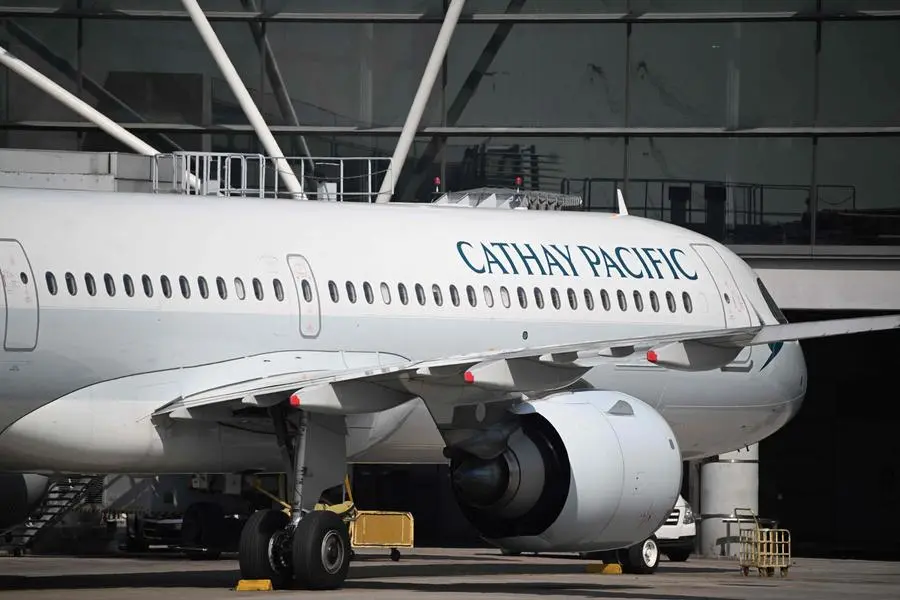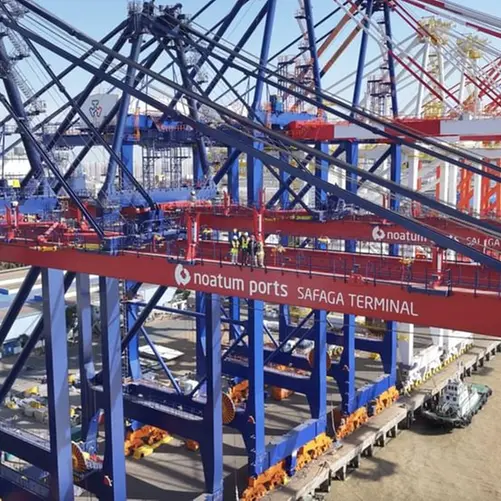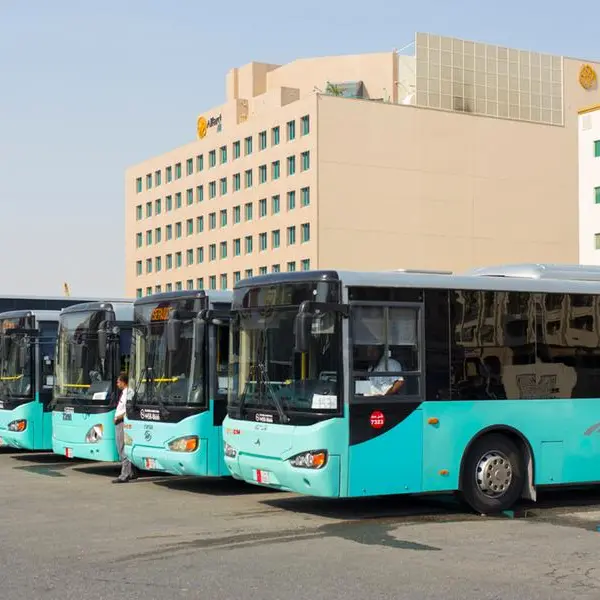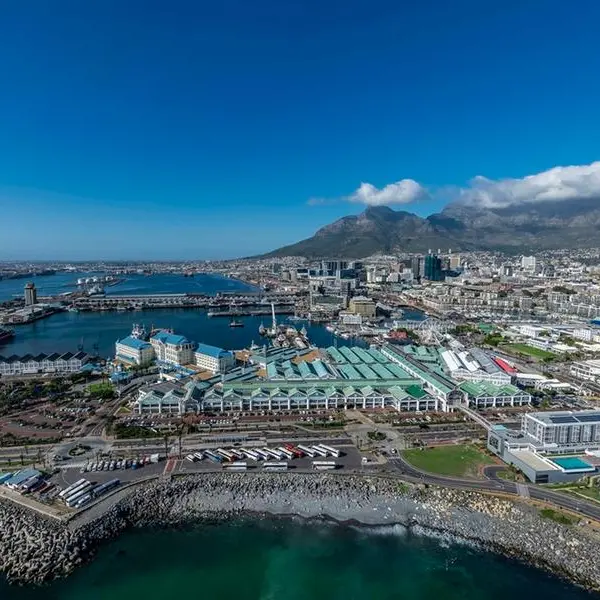PHOTO
(FILES) This photo taken on December 13, 2023 shows a Cathay Pacific aircraft parked at a gate at Hong Kong International Airport. (Photo by Peter PARKS / AFP)
Hong Kong carrier Cathay Pacific said Wednesday it would buy at least 30 Airbus A330-900 aircraft in a deal valued at $11 billion as it looks to build on a post-Covid recovery and reach pre-pandemic passenger numbers in the new year.
The firm made the announcement as it reported a drop in profit in the first half of the year, having moved into the black for the first time in four years in 2023 thanks to a pick-up in post-Covid demand.
Cathay did not disclose the total purchasing price of the but said it had received "significant price concessions" on the basic value of approximately HK$85.8 billion (US$11 billion) from the European planemaker.
The new planes are expected to be delivered by the end of 2031.
"(Cathay Pacific) has agreed to purchase and Airbus SAS has agreed to sell 30 Airbus A330-900 aircraft," it said in a filing with the Hong Kong stock exchange, adding that the airline has also "secured the right to acquire 30 additional Airbus A330-900 aircraft".
The airline said it already had a fleet of more than 230 mostly passenger aircraft, it added.
"The aircraft will progressively replace the Company's existing fleet of mid-size widebody aircraft and enable future growth," the filing said.
It announced that its passenger count had reached 80 percent of its pre-pandemic levels and it hoped to hit 100 percent in early 2025.
"As we enter the final stretch of our rebuilding journey, we are on track to reach 100 percent of our pre-pandemic flights within the first quarter of 2025."
Cathay had earlier vowed to return to 100 percent pre-pandemic passenger flight levels by the end of 2024, but in March pushed back the target by up to three months.
The statement also said it was in the process of recruiting and training "that is driving our rebuild and the addition of more flights and destinations for our customers to cater for the strong demand for travel".
The drive comes after Cathay saw a spate of flight cancellations during the Christmas and New Year holidays, which it attributed to underestimating the pilot levels needed during the seasonal flu peak in Hong Kong.
It reported that profit attributable to shareholders slipped 15 percent on-year US$463 million in the first half, adding that costs had increased from operating more flights.
However, total revenue in the period increased nearly 14 percent to US$6.4 billion, driven by the pick-up in travel demand and a strong cargo business.
Meanwhile it said it would pay a first interim dividend of HK$0.2 per share to ordinary shareholders in two months' time.
Shares in the firm slipped more than one percent in afternoon trade.





















